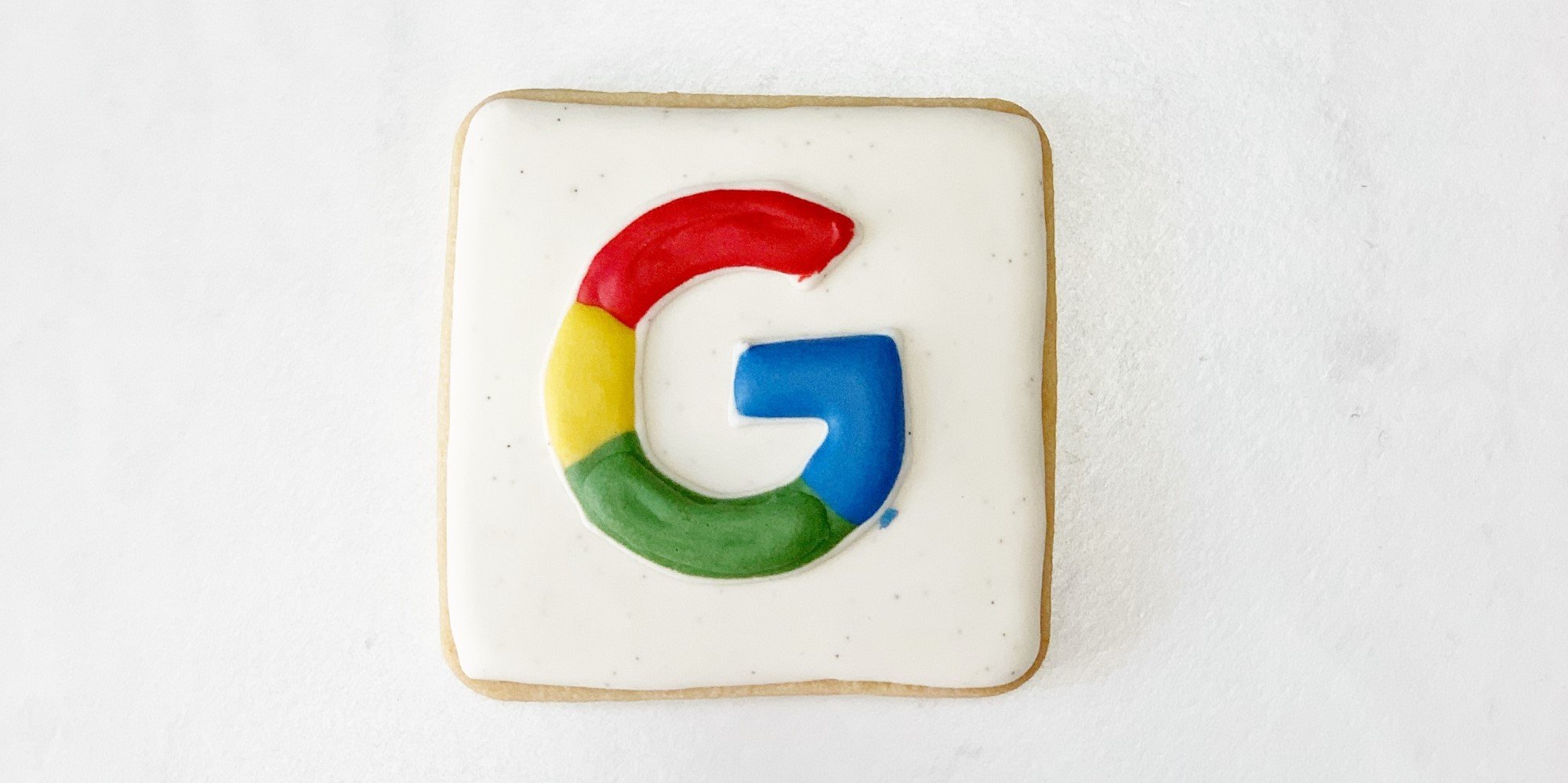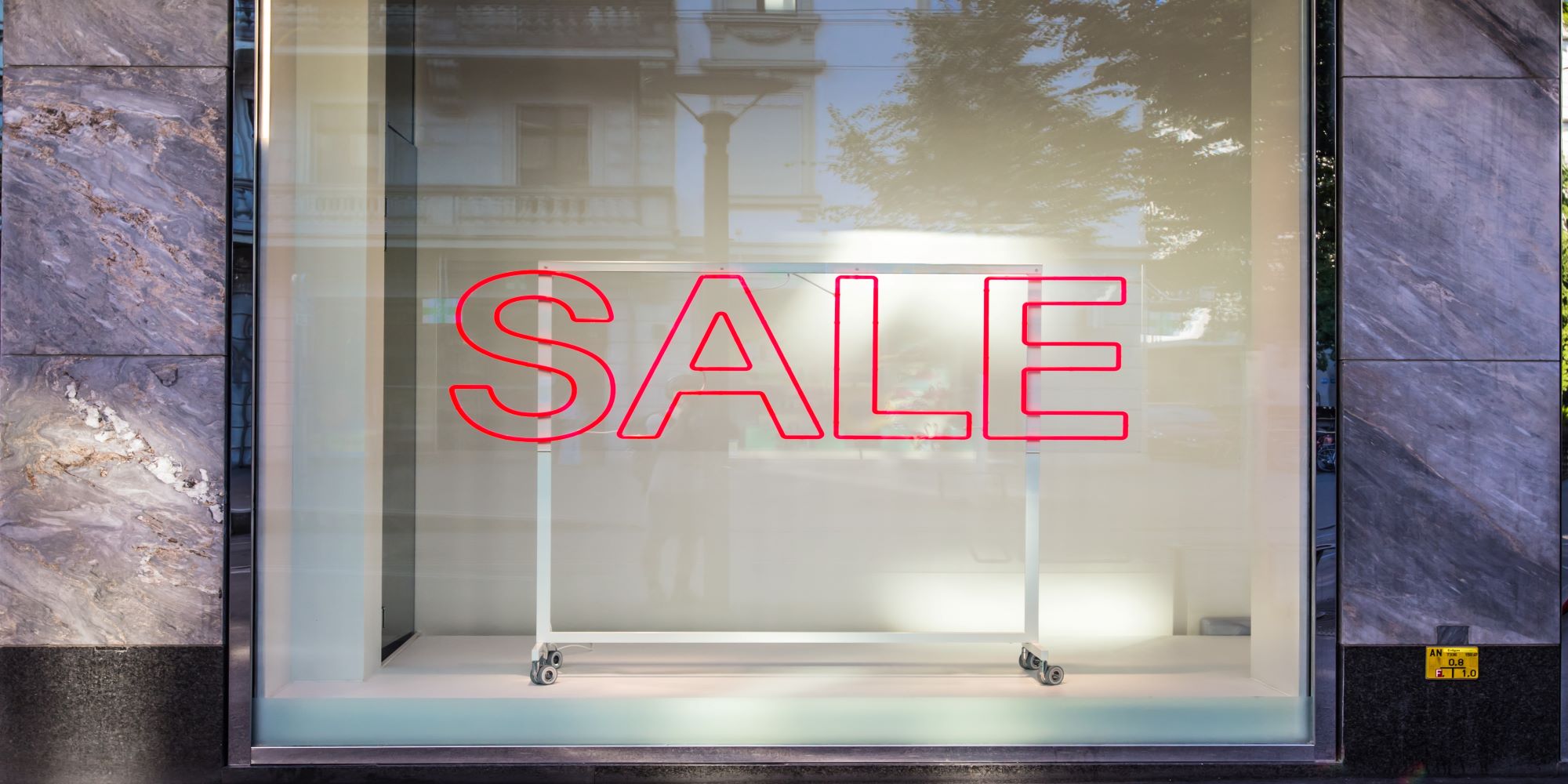How to Understand and Address Google Algorithm Updates
Google employees have recently announced that the upcoming Google Core Update is set to be released in the coming weeks. Understanding and addressing...
Read moreStruggling to get great results from Google Shopping? Paid search manager Joe Farley shares four tips for effective Google product feed optimisation…
There are many ways in which a product feed can be optimised, whether you are trying to make a specific product appear for a specific search term or to aggressively increase the bid on a number of products that have come into a 90% off sale!
Regular, pro-active optimisation is a time-heavy task – but if you’re taking your first steps into Google Shopping, there are several shortcuts you can take to make sure your product feed is effectively optimised.
Here are my top-four Google Shopping product feed optimisation shortcuts:
Before you optimise your product feed, you must ensure it contains the essential attributes needed to be eligible to run a Google Shopping campaign. We have come across many instances when products are disapproved or feeds are suspended due to improper use of attributes.
All feeds must contain these attributes…
…Regardless of the kind of retailer you are.
Most of the difficulty can come from the Unique Product Identifiers. There are three types – [gtin], [mpn] and [brand]. Understanding which of these three to use can often become confusing, but the distinctions are most important for apparel and electrical retailers.
If you do sell clothing, there are a number of clothing-related attributes that must be included, such as [gender], [age_group] and [color]. However, we would recommend including all possible attributes to ensure Google’s approval of your Merchant Center.
Here is a full list of Google product feed attributes.
Ensure your product pages are up to spec – a regular cause of disapprovals is inconsistency of prices in the feed and on page. This could be a result of regular pricing changes, or of VAT not being included on the product page.
Now it’s time to use your targets and marketing plans to find the best way to run your Google Shopping campaign. If your KPI (key performance indicator) is to simply maintain a return on investment, you may find it’s best to structure campaign to follow the structure of your site. By populating the [product_type] attribute correctly, the campaigns and ad groups can be set using the top- and sub-categories of the site.
If you regularly have promotions running and there is a priority on specific products, custom labels could be a godsend. These attributes can be used to label products to indicate that they are in sale, or even to note that they have a low or high profit margin.
This information can help you to structure campaigns and ad groups, and to make informed decisions on whether to increase or decrease bids to maximise profit.
Once you have considered all of the above and taken appropriate action, your campaign should be good to go live!
After some time, you may find that your top selling products are not appearing for those high-volume search terms you wanted to appear for. Maybe you are not seeing the volume of impressions which you hoped you would get? Perhaps, you just need to increase the bids of your products groups? Or perhaps the issue could lie within the product feed itself?
A way in which you could increase traffic and visibility is to review the [title] and [description] attributes. It could be that by overloading the [title] with unnecessary words and not including the key phrases, you’ve ruined your chances of appearing for those high-volume searches.
For example, referring to a product as a ‘sofa’ rather than ‘settee’ could gain you 400,000 more impressions (according to Google Keyword Planner), which should result in an increase in traffic. This may involve changing the names of some key products – naturally, this would be a larger business decision.
I hope you found this blog useful. If you have any tips of your own, let us know in the comments.
More articles you might be interested in:

Google employees have recently announced that the upcoming Google Core Update is set to be released in the coming weeks. Understanding and addressing...
Read more
As Google turns 25, we’re taking a look back at our favourite Google moments. Which features have made the biggest impact on digital marketing on...
Read more
Google's change in guidance could transform the way content is created in the future, but how does it affect SEO and content creators going forward?
Read more
Google are launching their own chatbot to strengthen their AI capabilities, but what is it, and why is it exciting for searchers and SEOs alike?
Read more
We're heading into a new financial year - do you know how PPC can help grow your conversions? Find out how developments from Google and Bing will...
Read more
SEO News this week includes advice regarding the number of pages, directory and article submissions and whether they're blackhat and more. Read on.
Read more
SEO wiz Luke Tilston is here with an update on all things SEO this week, including changes to title tags in SERPs, ad conversion value rules and...
Read more
SEO specialist Joe Wheeler takes us through this weekly round-up of SEO news, including best practices for deal pages and definitive answers...
Read more